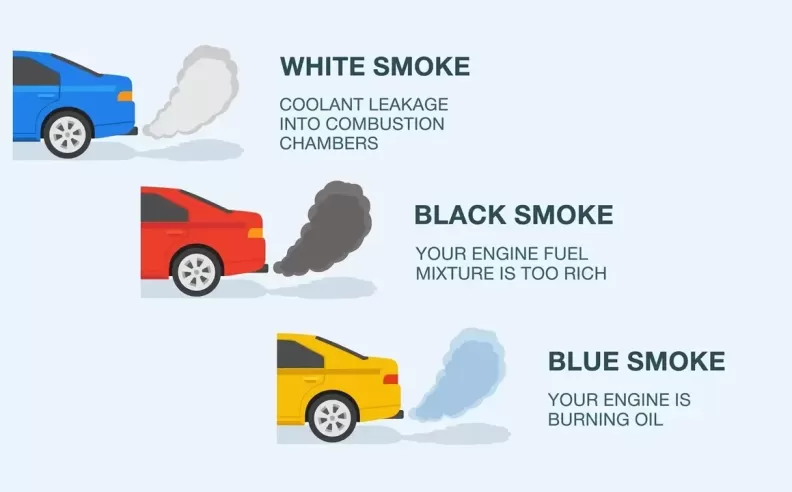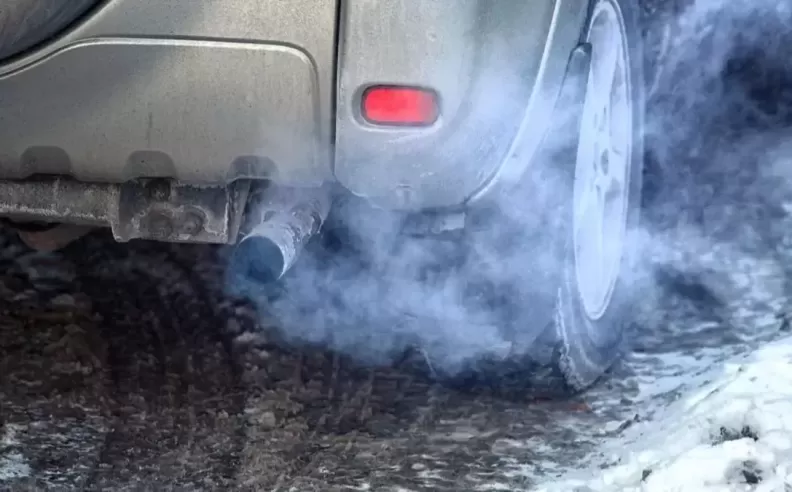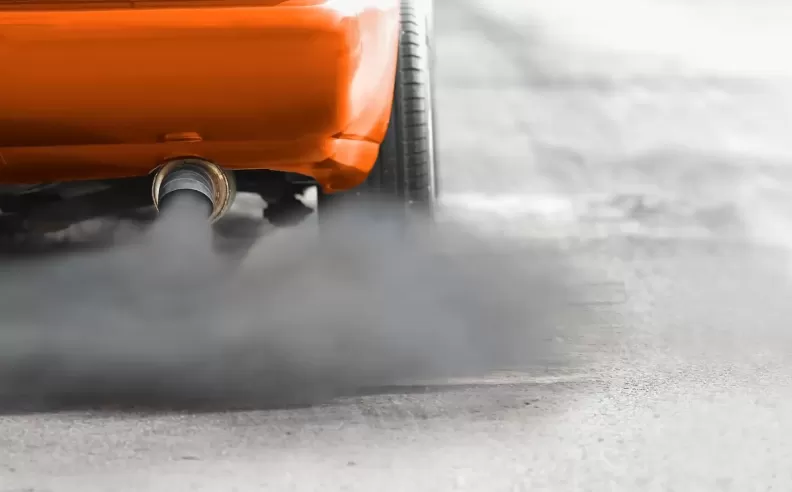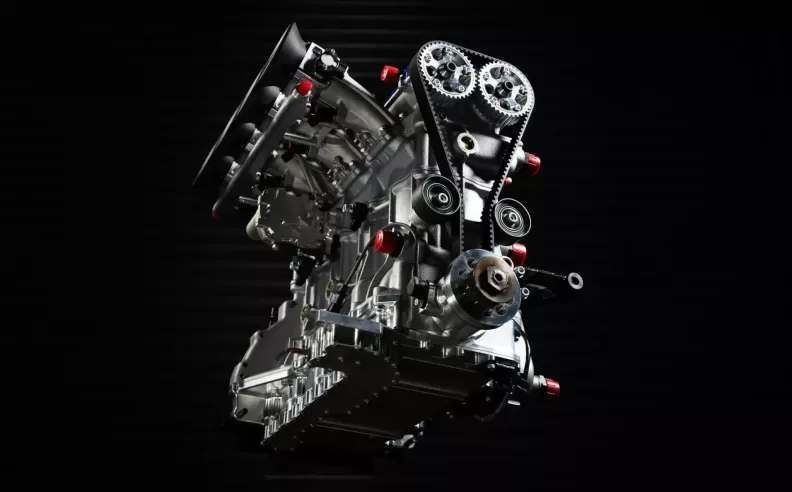
Exhaust smoke can be a telltale sign of your vehicle's health, providing valuable clues about the internal combustion processes. Blue, black, and white smoke are distinct indicators of different issues within the engine. In this article, we'll explore each type of exhaust smoke, what causes them, and the potential consequences for your vehicle's performance.

Blue smoke is often a cause for concern as it suggests the burning of engine oil. There are several reasons why blue smoke might appear from your exhaust pipe:
Worn Piston Rings: When the piston rings wear out, engine oil can leak into the combustion chamber, resulting in blue smoke during combustion.
Valve Seal Leaks: Faulty valve seals can allow oil to seep into the cylinders, leading to blue smoke emissions.
PCV System Issues: A malfunctioning Positive Crankcase Ventilation (PCV) system can cause excessive oil consumption and result in blue smoke.
Addressing blue smoke issues promptly is crucial to prevent further damage to the engine and maintain optimal performance.

Black exhaust smoke is a clear sign of incomplete combustion of the fuel/air mixture in the engine. The most common causes of black smoke include:
Rich Fuel Mixture: A fuel mixture with too much fuel and not enough air can lead to incomplete combustion, resulting in black smoke emissions.
Faulty Injectors: Malfunctioning fuel injectors may spray excessive fuel into the combustion chamber, contributing to black smoke.
Air Filter Issues: A clogged or dirty air filter can disrupt the air-to-fuel ratio, causing incomplete combustion and black smoke.
Addressing black smoke requires diagnosing and correcting the root cause, such as adjusting the fuel mixture, replacing faulty injectors, or ensuring a clean air filter.

White smoke coming from the exhaust is often associated with the presence of water in the combustion chamber. Common causes of white smoke include:
Coolant Leaks: Coolant entering the combustion chamber can produce white smoke. This may be a result of a blown head gasket or a cracked cylinder head.
Condensation: In colder weather, water vapor in the exhaust can condense and appear as white smoke, which is generally normal and not a cause for concern.
Excessive Engine Heat: Overheating can cause coolant to enter the cylinders, leading to white smoke emissions.
If you notice persistent white smoke, especially if it has a sweet smell, it's essential to investigate and address potential coolant-related issues to prevent engine damage.
Understanding the color of your vehicle's exhaust smoke is crucial for diagnosing potential engine problems. Blue smoke signals oil-related issues, black smoke indicates incomplete combustion, and white smoke suggests the presence of water or coolant in the combustion chamber. Regular maintenance, prompt diagnosis, and necessary repairs are essential to keep your vehicle running smoothly and avoid more significant engine problems down the road. If you're uncertain about the cause of unusual exhaust smoke, it's advisable to consult with a professional mechanic for a thorough inspection and proper guidance.

Wael is an automotive content writer specializes in creating written content for Motor 283. Producing a wide range of content, including blog posts, articles, product descriptions, reviews, and technical guides related to cars, trucks, motorcycles, and other vehicles, with an unprecedented passion for cars, and motorcycles.
